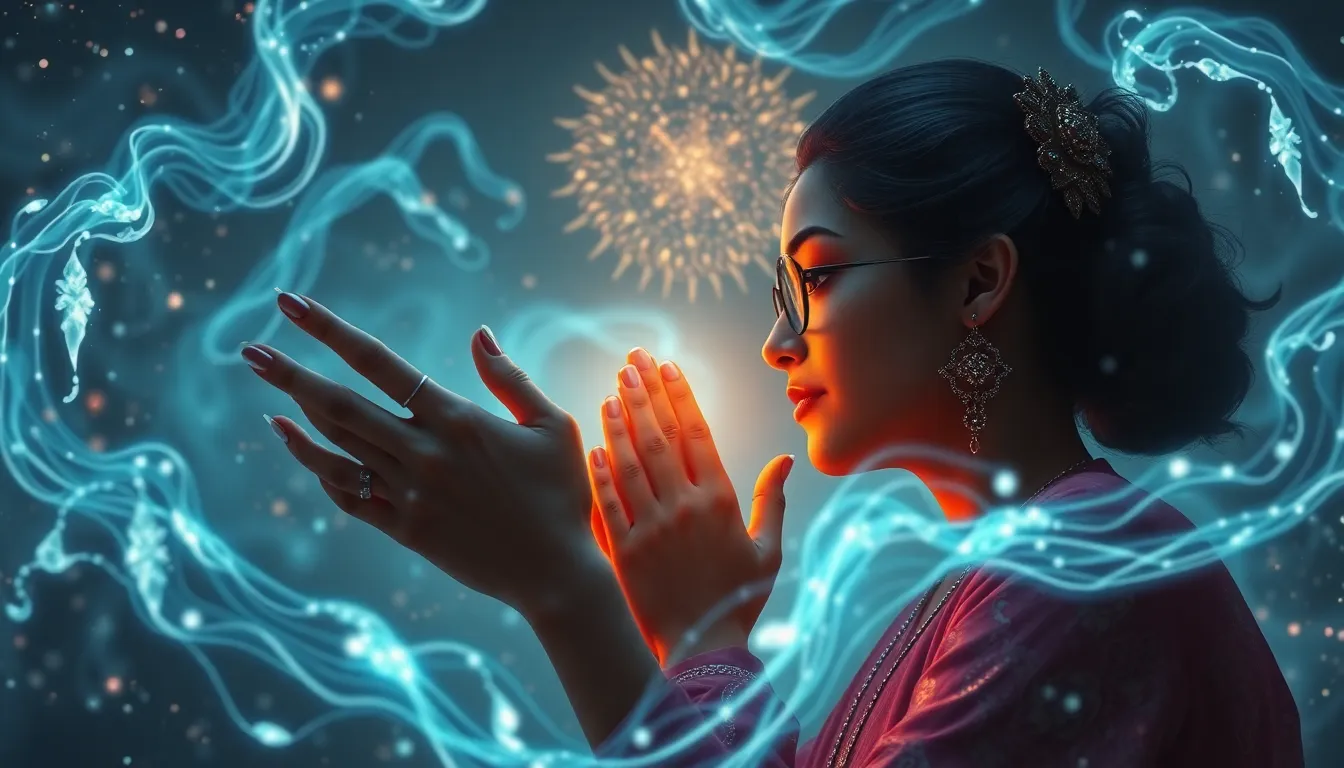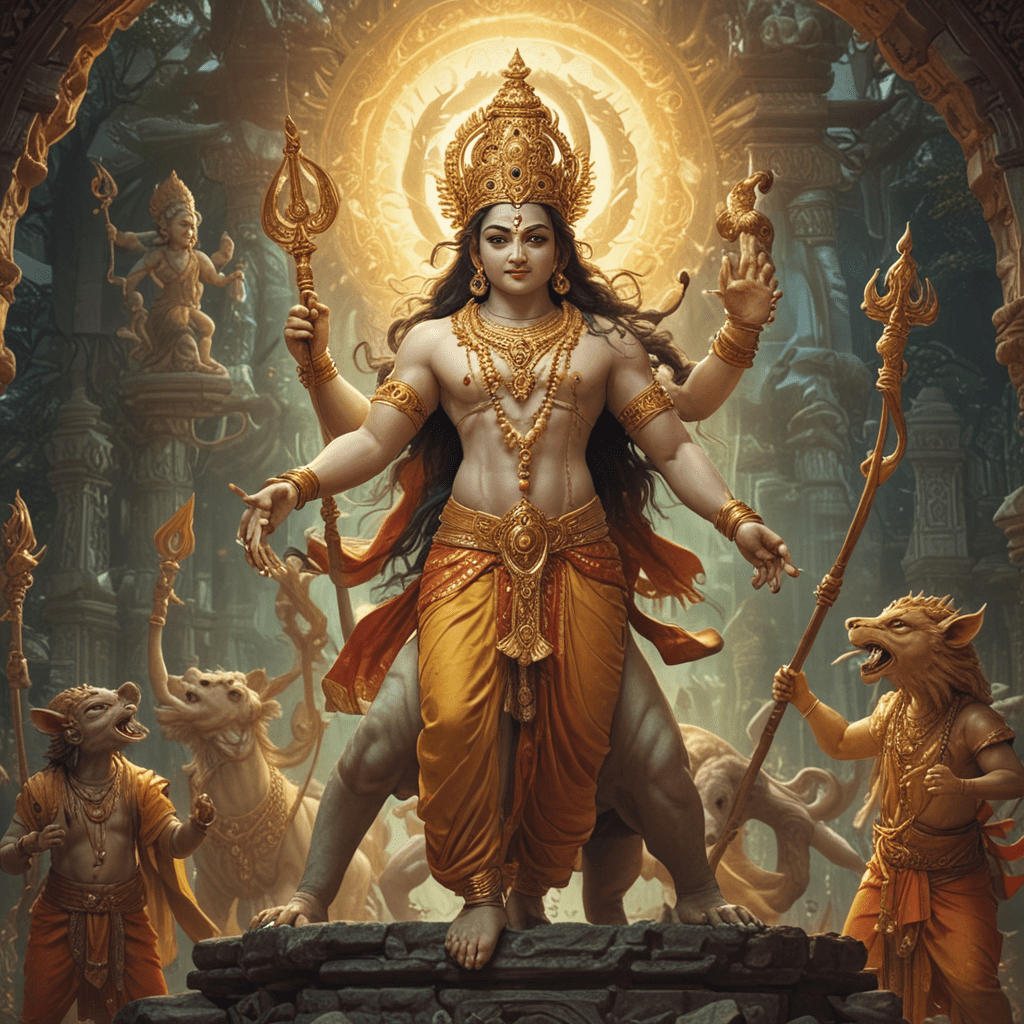The Power of Connection: How Myths Portray Love Across Cultures
I. Introduction
Love is a fundamental aspect of the human experience, shaping relationships, inspiring creativity, and driving individuals to profound acts of kindness and sacrifice. Across different cultures and epochs, love has been a central theme in storytelling, particularly in myths that convey moral lessons, cultural values, and shared experiences.
Myths serve as cultural narratives that reflect the beliefs, fears, and aspirations of societies. They encapsulate collective wisdom passed down through generations, revealing how different cultures interpret and value love. This article explores how myths from various cultures portray love, uncovering its complexities and universal themes.
Thesis statement: Myths from various cultures provide unique perspectives on love, revealing its complexities and universal themes.
II. Defining Love in Mythology
Love manifests in myriad forms, including romantic, platonic, and familial relationships. Myths often explore these dimensions, illustrating how love influences actions and character development.
In mythology, love can be:
- Romantic love: Passionate connections that drive individuals to pursue or fight for one another.
- Platonic love: Deep friendships that can lead to loyalty and bravery.
- Familial love: Bonds between family members that can inspire sacrifice and duty.
Eastern and Western mythologies offer contrasting portrayals of love. While Western myths often focus on romantic love as a primary theme, Eastern myths frequently emphasize familial bonds and spiritual love, reflecting cultural values that prioritize community and family over individualism.
III. Love as a Force of Nature
In many myths, love is depicted as a powerful, uncontrollable force, akin to a natural phenomenon that shapes destinies. This portrayal highlights love’s intensity and the chaos it can bring.
Examples include:
- Greek Mythology: Eros, the god of love, represents both the beauty and destructiveness of love. His arrows can ignite passionate love or cause heartbreak.
- Hindu Mythology: Kama, the god of love, embodies desire and attraction. His influence can lead to creation or destruction, showcasing love’s dual nature.
In these stories, the consequences of love often reflect the unpredictability of human emotions, illustrating how love can lead to both fulfillment and tragedy.
IV. The Intersection of Love and Sacrifice
Many myths highlight the sacrificial nature of love, portraying characters who endure hardship for the sake of their beloved. These narratives emphasize the lengths to which individuals will go to protect or reunite with those they love.
Case studies include:
- Orpheus and Eurydice: Orpheus descends into the Underworld to retrieve his wife, Eurydice, demonstrating his unwavering love. However, his failure to obey the gods leads to tragic consequences.
- Sita and Rama from the Ramayana: Sita’s loyalty and Rama’s determination to rescue her showcase love’s power to inspire courage and resilience, even in the face of adversity.
The cultural implications of sacrifice in these narratives speak to the values and expectations surrounding love in their respective societies.
V. Love and Transformation
Myths often depict love as a transformative experience, capable of changing individuals for the better or leading them to profound self-discovery.
Examples include:
- The Tale of Beauty and the Beast: Beauty’s love transforms the Beast back into a prince, illustrating how love can redeem and heal.
- The Metamorphosis of Psyche: Psyche undergoes trials to reunite with Eros, symbolizing the transformative power of love and the journey toward self-acceptance.
These transformations reflect cultural values that celebrate love as a pathway to personal growth and understanding.
VI. Forbidden Love in Mythology
Many myths explore themes of forbidden love, highlighting the societal constraints that can challenge or thwart romantic connections.
Examples include:
- Tristan and Isolde: Their love defies social norms, leading to tragedy and illustrating the tension between personal desire and societal expectations.
- Pyramus and Thisbe: This tale of star-crossed lovers emphasizes the themes of secrecy and the tragic consequences of love that cannot be openly expressed.
The societal implications of forbidden love often critique the limitations imposed by cultural norms, suggesting that love transcends boundaries.
VII. The Role of Divine Love
Gods and goddesses often embody love in myths, representing both idealized and flawed forms of affection.
Examples include:
- Aphrodite: The Greek goddess of love, who embodies beauty and desire but also brings chaos.
- Cupid: The Roman god of love, often depicted as mischievous, highlighting love’s unpredictable nature.
- Radha and Krishna: Their divine love story illustrates the spiritual and emotional dimensions of love, representing devotion and longing.
The interplay between divine love and human experience emphasizes the ways in which love can inspire and motivate individuals to seek connections beyond themselves.
VIII. Love as a Unifying Theme in Folklore
Across cultures, love myths promote unity and cohesion, serving as a vehicle for shared values and identities.
Different cultures utilize love stories to convey messages of hope, resilience, and community. A comparative analysis reveals:
- Native American Folklore: Stories often depict love as a connection to nature and community, emphasizing harmony.
- African Myths: Love narratives frequently highlight communal bonds and the importance of kinship.
- Asian Tales: Many Asian love stories focus on duty and familial responsibility, reflecting cultural expectations.
The impact of these love stories on cultural identity and cohesion is profound, fostering a sense of belonging and shared understanding.
IX. Modern Interpretations of Mythological Love
In contemporary society, the themes of love depicted in mythology continue to resonate. Modern interpretations often reflect evolving cultural norms and personal experiences while retaining the core elements of love’s complexity.
Today, we see:
- Retellings of classic myths: Literature, film, and art frequently reinterpret mythological love stories, bringing new perspectives to age-old themes.
- Integration of diverse cultural narratives: As globalization increases, love myths from various cultures are blended, creating rich, multifaceted stories that resonate with broader audiences.
- Exploration of love in modern contexts: New narratives examine love through the lenses of identity, sexuality, and technology, reflecting contemporary societal values.
These modern interpretations of mythological love highlight its enduring relevance, showcasing how love continues to shape human experiences across cultures and time.



